Confidential computing is the solution that allows both people and entities to keep data confidential and still put it to use.



If you’re on the look out for a desktop PC that’s small enough to sit under a TV, Chinese brand XCY has a very small computer they’d like to sell you.
As Liliputing reports, the XCY X51 is about as small as you could possibly make a fully-featured desktop PC. It measures 2.4-by-2.4-by-1.7-inches and weighs a mere 121 grams. However, inside you’ll find a quad-core Intel Celeron N4100 clocked at 1.1GHz (2.4Ghz burst frequency) complete with UHD Graphics 600 GPU. The processor is complemented by 8GB of 2,133MHz DDR4 RAM, a 128GB M.2 SSD, and a micro SD card slot for further storage expansion.
It may be small, but the X51 is still capable of offering a full Windows 10 experience as well as playing 4K video.
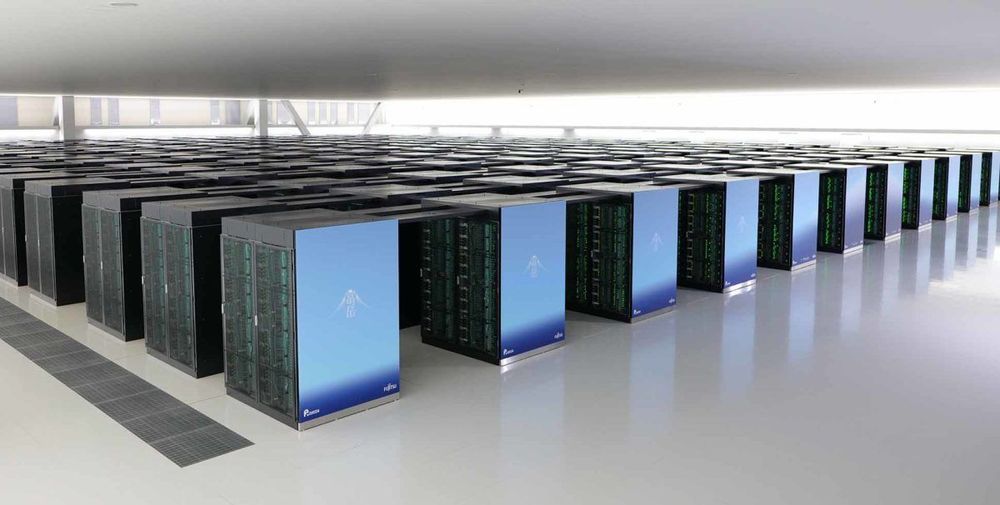
Nvidia Corp. is in advanced talks to acquire Arm Ltd., the chip designer that SoftBank Group Corp. bought for $32 billion four years ago, according to people familiar with the matter.
The two parties aim to reach a deal in the next few weeks, the people said, asking not to be identified because the information is private. Nvidia is the only suitor in concrete discussions with SoftBank, according to the people.
A deal for Arm could be the largest ever in the semiconductor industry, which has been consolidating in recent years as companies seek to diversify and add scale. But any deal with Nvidia, which is a customer of Arm, would likely trigger regulatory scrutiny as well as a wave of opposition from other users.

Researchers devise an on-off system that allows high-fidelity operations and interconnection between processors.
MIT researchers have introduced a quantum computing architecture that can perform low-error quantum computations while also rapidly sharing quantum information between processors. The work represents a key advance toward a complete quantum computing platform.
Previous to this discovery, small-scale quantum processors have successfully performed tasks at a rate exponentially faster than that of classical computers. However, it has been difficult to controllably communicate quantum information between distant parts of a processor. In classical computers, wired interconnects are used to route information back and forth throughout a processor during the course of a computation. In a quantum computer, however, the information itself is quantum mechanical and fragile, requiring fundamentally new strategies to simultaneously process and communicate quantum information on a chip.
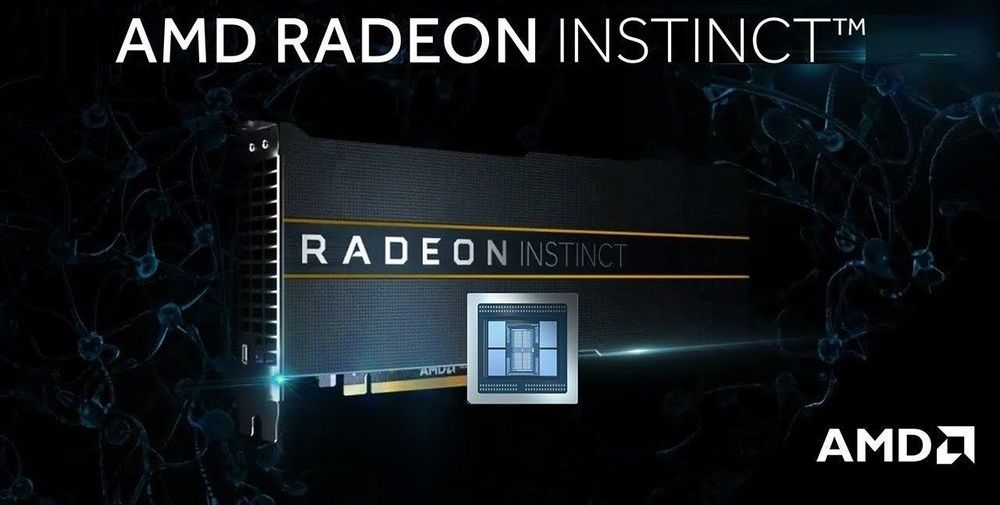
Even in a dual-socket AMD EPYC Rome/Milan server and 4 x MI100 PCIe-based accelerators, we’re looking at 128GB of HBM memory on offer with 4.9TB/sec of bandwidth. We see a drop down to 136 TFLOPs here as well.
We are looking at the purported AMD Radeon Instinct MI100 accelerator being around 13% faster in FP32 compute performance over NVIDIA’s new Ampere A100 accelerator. The performance to value ratio is much better, with the MI100 being 2.4x better value over a V100S setup, and 50% better value over Ampere A100.
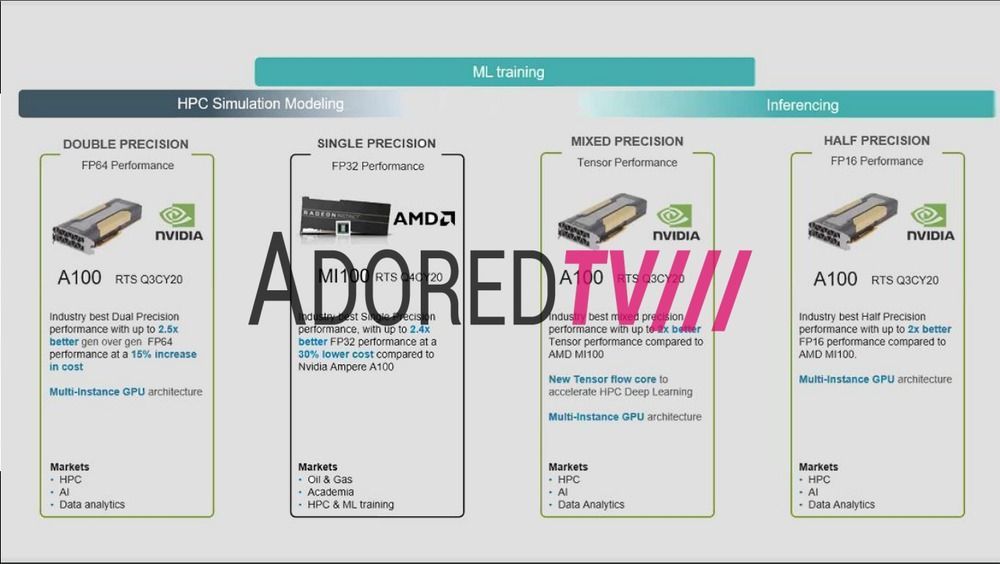

Here’s the story – our protagonist rewinds history, locates baby Hitler, and averts global war by putting him on a path to peace … but, oh noes! This sets off a domino chain of events that stops our hero from being born, or worse, kicks off the apocalypse.
Unintended ‘butterfly effect’-style consequences of time travel might be a juicy problem in science fiction, but physicists now have reason to believe in a quantum landscape, tweaking history in this way shouldn’t be a major problem.
Since going back to a previous moment in time is still in the ‘too hard’ basket, a pair of physicists from the Los Alamos National Laboratory in the US went with the next best thing and created a simulation using an IBM-Q quantum computer.

Users Guide
Ultimately, the MIT engineers hope that their giant atoms lead to a simpler, enhanced form of quantum computers.
“This allows us to experimentally probe a novel regime of physics that is difficult to access with natural atoms,” MIT engineer Bharath Kannan said in a press release. “The effects of the giant atom are extremely clean and easy to observe and understand.”

Scientists have found that a physical property called ‘quantum negativity’ can be used to take more precise measurements of everything from molecular distances to gravitational waves.
The researchers, from the University of Cambridge, Harvard and MIT, have shown that quantum particles can carry an unlimited amount of information about things they have interacted with. The results, reported in the journal Nature Communications, could enable far more precise measurements and power new technologies, such as super-precise microscopes and quantum computers.
Metrology is the science of estimations and measurements. If you weighed yourself this morning, you’ve done metrology. In the same way as quantum computing is expected to revolutionize the way complicated calculations are done, quantum metrology, using the strange behavior of subatomic particles, may revolutionize the way we measure things.
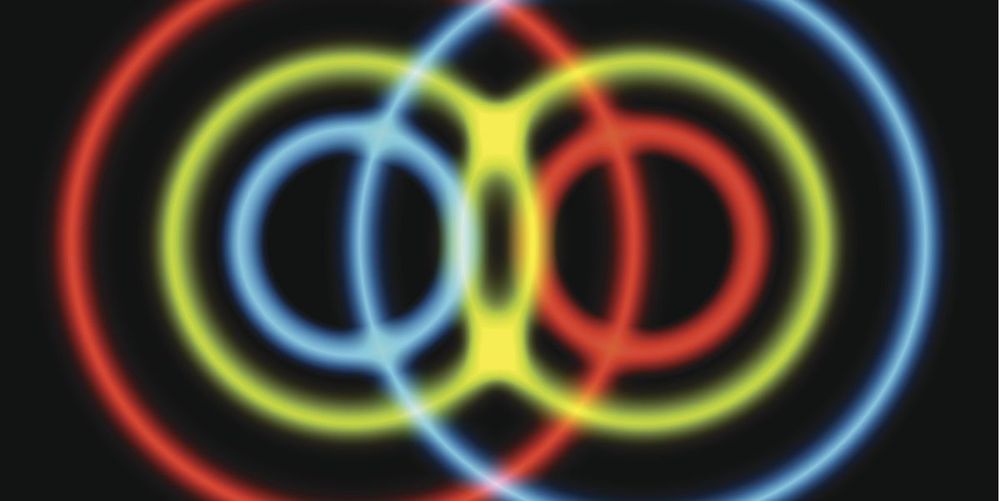
The U.S. Department of Energy (DoE) has announced a plan to make a quantum internet it says is virtually unhackable. This is definitely a long-term plan that will require new kinds of engineering and technology, not something that will be implemented next year. Let’s take a look at the concept, the plan the DoE has laid out, and how long it all might take.
Within the framework of quantum mechanics, the network proposed here is pretty intuitive. (That’s a big caveat, though!) The report begins with a surprising notion: Although headlines and research have focused on the power of quantum computing, we’re far away from any practical and recognizable computer powered by quantum phenomena. The idea of a quantum network, the DoE says, is far closer to our reach.
🤯 You like quantum. We like quantum. Let’s nerd out together.
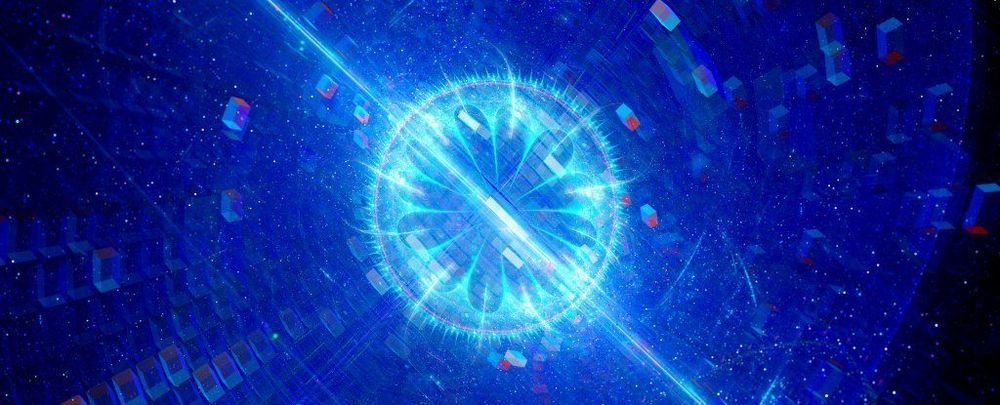
US officials and scientists have begun laying the groundwork for a more secure “virtually unhackable” internet based on quantum computing technology.
At a presentation Thursday, Department of Energy (DOE) officials issued a report that lays out a blueprint strategy for the development of a national quantum internet, using laws of quantum mechanics to transmit information more securely than on existing networks.
The agency is working with universities and industry researchers on the engineering for the initiative with the aim of creating a prototype within a decade.